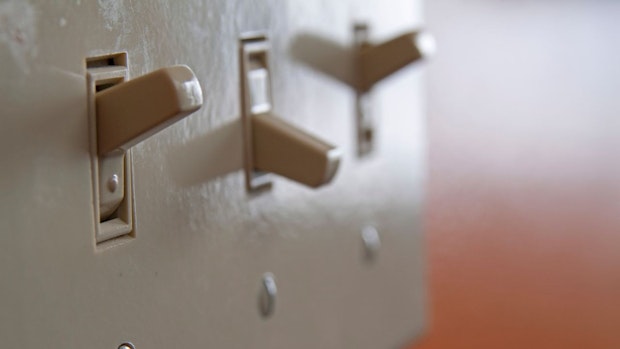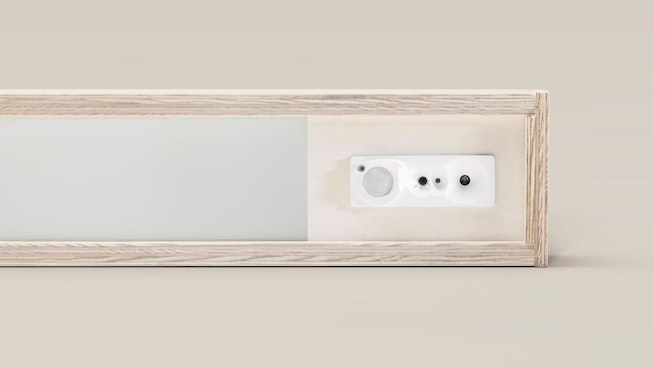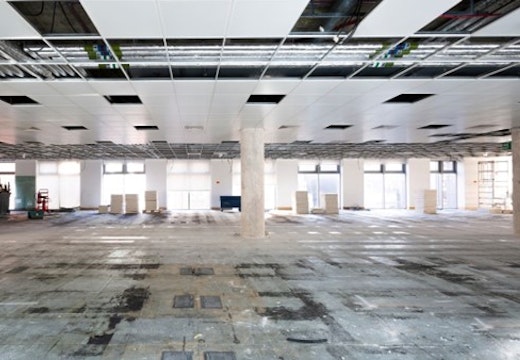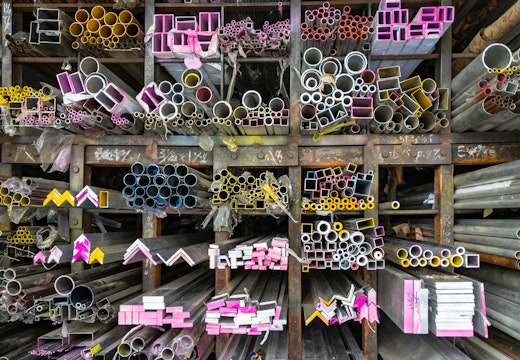Beyond the LED revolution: where does lighting go next?
If you thought innovation in lighting would take a breather with LEDs so well-established, think again. We’re about to see big changes in connected lighting, says Steve Shackleton of Fagerhult
Mosley Street in Newcastle saw the world’s first public streetlight, in 1879. The incandescent bulb of Swan and Edison reigned for over a century, but this gave way to an era of rapid change in lighting. LEDs (Light Emitting Diodes) now largely light our world, and offer the potential for ever more intelligent, connected and personalised solutions to our lighting needs.
At the dawn of artificial lighting, control was limited to a simple on/off switch. The first advance on this was the dimmer. Like the incandescent bulb, this was actually patented in the 19th century, although practical use only started in the 1960s.
By the 1990s, daylight and presence detectors were becoming standard. Lights could now turn themselves off when not actually needed, greatly saving energy. By the start of the 21st century, office lighting was increasingly based on lighting control modules, intelligently distributing power to the luminaries as required.
With dimmable, automated LEDs now standard, you might imagine innovation would take a breather, at least for a while. In fact, we’re on the doorstep of considerable, further change.
Connectivity and IoT
Lighting, like other aspects of our world, is being transformed by increasing connectivity. By 2035, more than a trillion devices might be connected to the internet. Half of these connections may be found in the built environment – the homes, offices, factories and other buildings that form our towns and cities.
The Internet of Things (IoT) relates to physical devices that can sense and process, and which are networked in a way which allows new products and services. Lighting is just one part of that, but an important part.
Connectivity means we can collect data from our lighting systems. Luminaries don’t just switch off in certain circumstances, connected systems allow us to study the pattern of our lighting and energy consumption, and monitor the things which triggered change in luminaires, such as occupancy.
More sophisticated connectivity also means the control and energy-saving potential in modern lighting systems keeps improving. Systems that cut lighting to unoccupied rooms save energy over the course of the day, and they also ensure that all lights are switched off at the end of the day. No longer will you arrive in the morning to the lights left lights blazing wastefully all night.

Image: courtesy of Fagerhult
However, a binary on/off lighting response in occupied/unoccupied spaces is no longer considered the leading edge. Lighting systems – such as Organic Response – have sensors built in which directly and automatically share presence data. This allows each luminaire to respond to occupancy and natural light levels, dimming or brightening to suit the space. This means the right amount of light is given in the right place and the energy usage is optimised depending on the number of people in the room.
Information a plenty
The potential for delivering information to aid indoor navigation and signposting is vast, offering help to individuals searching for specific products in retail environments or delivering targeted advertising to their smart devices, for example. In warehouses and factories, connectivity enables real-time guidance, promoting safety and enhancing efficiency.
Connectivity plays a crucial role in enhancing accessibility and comprehension in places like airports, universities, hospitals, and museums too, particularly for individuals with disabilities.
Indoor navigation is poised to find applications wherever there are people, vehicles, or a combination of both. It is a rapidly expanding field within the Internet of Things (IoT), and lighting infrastructure is set to become an integral part of it.
Maintenance is another area where connectivity adds value. By leveraging lighting networks, maintenance personnel can receive precise information automatically in the event of a fault. This accurate feedback eliminates the need for continuous physical inspections of lighting and control systems.
Driving further efficiencies
The transition to LED lighting has already led to a remarkable 75 per cent reduction in energy consumption compared to the benchmark set in 2004. We’ve already mentioned the energy saving potential of luminaires which detect occupancy and natural light levels. However, as technology advances, there is still significant potential for increased efficiency in other areas.
One of the most promising avenues for improving building efficiency lies in optimising the utilisation of available space. Connected lighting systems can provide valuable feedback that identifies unnecessary office space. By employing techniques like heat mapping of user occupancy, organisations can enhance space utilisation and adjust the amount of space required to accommodate changing working patterns.
It is important to remember that buildings are constructed to house people and create an environment that fosters their comfort and productivity. In an increasingly competitive world, buildings have the capacity to drive business success by positively influencing the health, wellbeing, and creativity of individuals.
Personalised lighting
In Europe, it is thought that staff costs constitute around 90 per cent of operating costs for a typical office, and this is an area where lighting and how it is controlled could pay dividends.
By 2020, 36 per cent of Europe’s working population was over 50. As we age, our eyes become less efficient – we simply need more light. For other reasons than age, one person may simply prefer softer or more direct light than others. There is no one lighting solution that is right for all of us, in other words. The challenge for the next generation of connected lighting control is in personalisation.
This is an area where things are changing fast, with new products and whole business models arising as connectivity gets more pervasive and standard. We have already moved from lighting based on the room to lighting based on the current reality of daylight and occupancy count. We’re likely to move to solutions that examine who precisely is there, not just the count, adjusting light accordingly.
‘The challenge for the next generation of connected lighting control is in personalisation…’
Even if your company hot desks, a smart system may adjust the luminaire above the desk you claim today, to suit your preferred profile, or may adjust the overall room lighting to be a best fit for the total needs of you and your colleagues around you.

Image: courtesy of Fagerhult
The more sophisticated options require more control of the product. Many of the major lighting companies are moving LED-board production in-house to allow precise positioning of the diodes – which are the ‘D’ in LED of course – for the desired effect and for freedom of design.
Driving change with lighting
Lighting is becoming a fundamental part of our increasingly connected built environment, and it will provide the backbone for how we gather data, the modern world’s most important resource.
Lighting will serve us much more intelligently and will help us transform how we use buildings. The smart and connected systems we deploy will increasingly offer spaces that are nicer to be in, as well as being efficient. Smarter lighting shows us the image of a tomorrow of enormous and exciting change and possibility, in the spaces we use every day.








